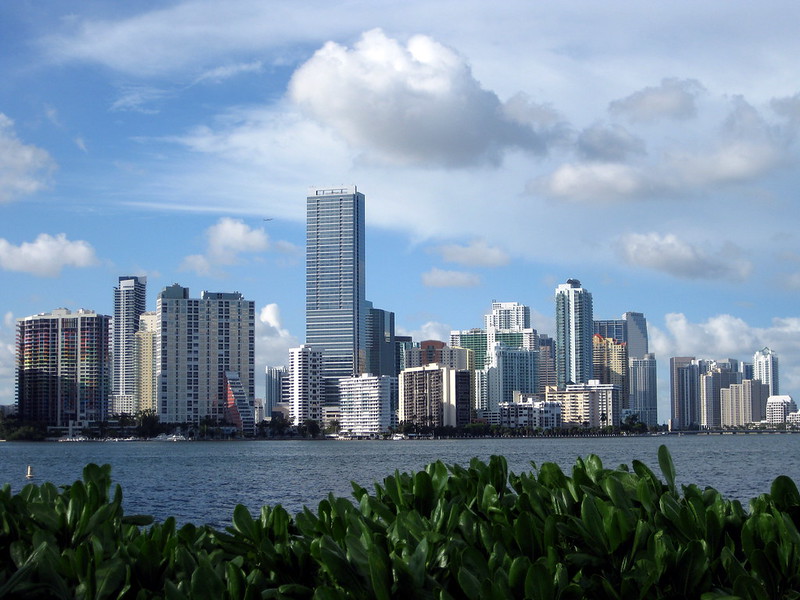Modernization is far too often correlated with high-rises and an influx of new businesses, restaurants, and amenities. But with our metro ranking with the public transportation systems of Panama and Colombia, and the number of students experiencing homelessness tripling in the past decade, we have to ask ourselves, who is Miami being built for?
Gentrification is defined as the process of developing and renovating a district or neighborhood to conform to the whims of upper-middle-class taste. In theory, refurbishing housing, opening businesses and cracking down on crime comes across as an improvement, but it’s far too often done at the expense of historically disenfranchised black and brown communities. Here’s how it works: developers such a Limited Liability Corporations hone in on disinvested and low-income communities, where property value is far lower, acquire the land and then raise the rent. “Cheap” areas attract new businesses and individuals, while minorities soon can’t afford the neighborhoods they once called home. Smaller establishments close and entire communities are forced to move away to accommodate new “investment.”
Gentrification transforms physical spaces and breaks coalitions of cultures; however, it is also cited to improve the economy and bring in new jobs. Unfortunately, these promised fortunes rarely benefit the small middle class, who disproportionately rely on low-paid service jobs. The Miami Urban Future Initiative’s Report on Inequality and Poverty in Greater Miami, examines how Miami is shockingly divided and unequal. United Way’s 2019 ALICE report shared that Miami-Dade families who earn less than what it costs to live here have increased to 40 percent. According to the Miami-Herald, the median wage for a worker in Miami-Dade is only $31,702.
With the threat of climate change, climate gentrification is a troublesome dimension to the housing struggle. As Miami emerged in the late 20th century as a tropical playground for vacationers from the Northeast, Europe and Latin America, black communities were pushed away from water-front properties and more inland. However, as sea level rises, coastal residents are now flocking across the bridge to higher foundations. In a video for the Huffington Post, Valencia Gunder, founder of Make The Homeless Smile, said, “The water is starting to shift housing around a lot, which is different than any American city.”
Climate gentrification distinguishes Miami from its counterparts; however, the city is not alone in this struggle of balancing newfound wealth and increasing inequality. California and New York City are clear examples of how a surge in “innovation” is accompanied by disenfranchisement. The solution doesn’t lie in the hands of profit-driven developers and companies, it’s up to our legislators to plan for our city’s future. The Miami Urban Future Initiative recommends increasing the minimum wage, improving career prospects for service workers, and expanding affordable housing.
Miami is the third least affordable place in the country, with an income inequality ranked second-worst in the country (trailing New York City). The highrises that characterize Brickell and the designer stores that decorate the Design District makes us forget all that glitters isn’t gold. Modernization is not an issue if progress is made to be inclusive. In a prosperous tourist economy, there is room for all of us to live comfortably.
Shruti Mishra is a senior majoring in political science and Spanish.
Featured image source: Flickr.com







